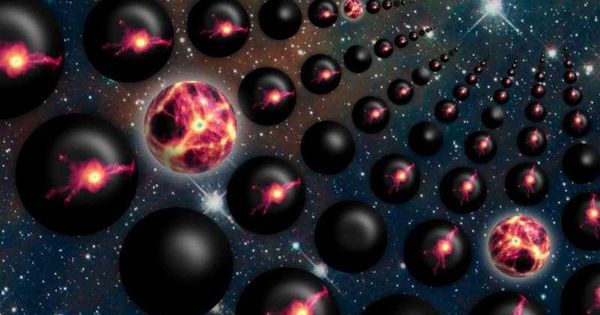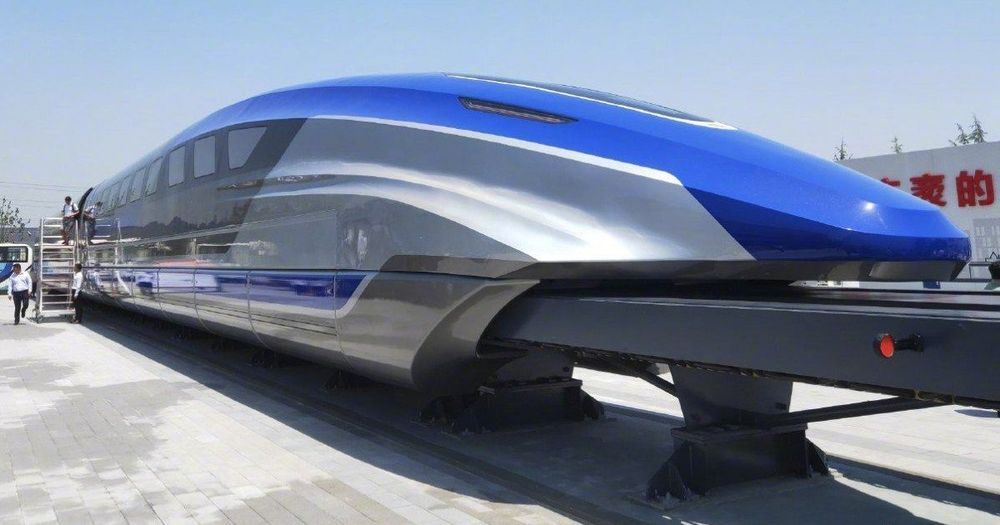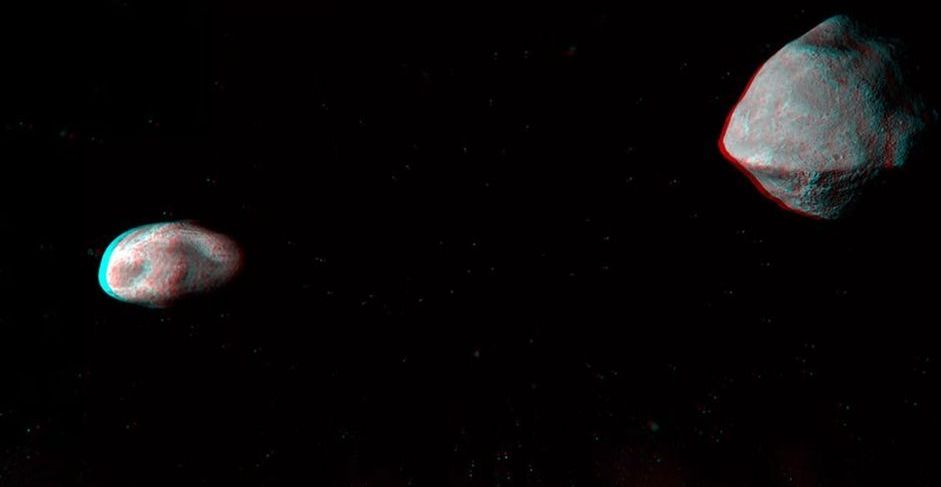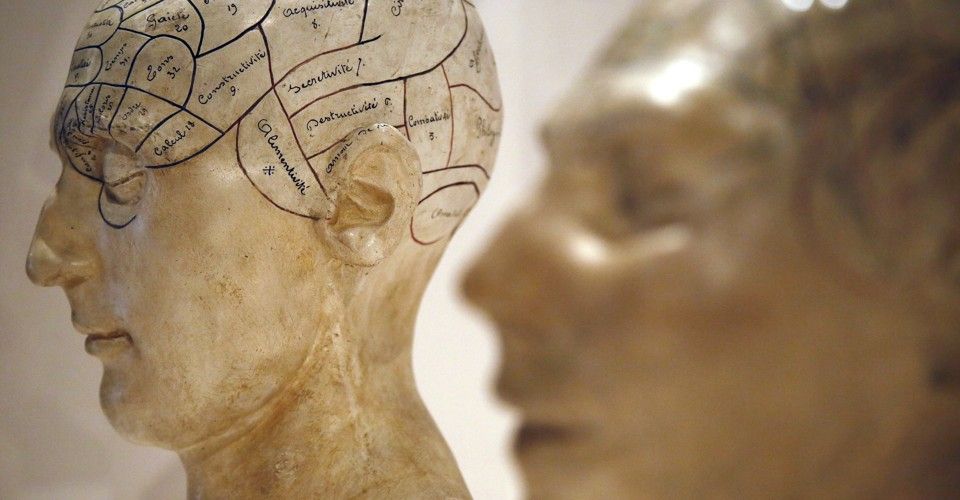Frank Jennings Tipler is a mathematical physicist and cosmologist, holding a joint appointment in the Departments of Mathematics and Physics at Tulane University. He holds a BS in Physics from MIT and a PhD from the University of Maryland.
Watch his interview below on eternal life. To watch more interviews on this topic, click here: https://bit.ly/2wcTT1N






